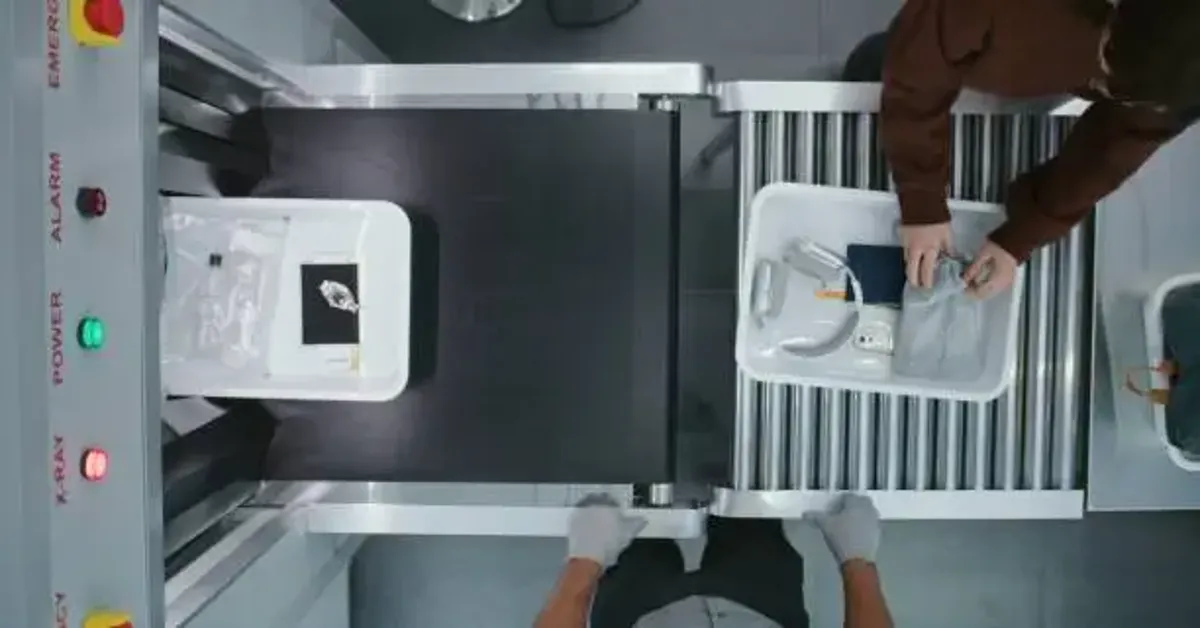Traveling by air can already be a bit nerve-wracking, and adding a medical device into the mix only raises the stakes. Whether you rely on an insulin pump, pacemaker, ostomy bag, or other critical equipment, going through airport security might feel like a gauntlet. The good news? With a little preparation and the right communication, the Transportation Security Administration (TSA) can accommodate most travelers with medical devices—often with less hassle than you’d expect.
Why Transparency is Key at Security Checkpoints
The most important thing you can do when traveling with a medical device is speak up early. Don’t wait until you’re halfway through the body scanner to let someone know you have a device that can’t be removed or exposed to certain screening methods. As soon as you approach the security checkpoint, inform a TSA officer that you have a medical device and may require an alternative screening method.
Being upfront not only helps TSA agents assist you better, but it also prevents unnecessary delays or confusion. You can say something simple and direct like, “I have a medical implant and can’t go through the full-body airport scanner. I’m requesting a pat-down instead.” TSA officers are trained to respond to these requests professionally and discreetly.
Understanding What Scanners Can and Can’t Do
There are two main types of scanners used at airport checkpoints: the millimeter wave scanner and the traditional metal detector. For many people with medical devices, metal detectors can cause concern because they may trigger an alarm or interfere with the device’s function. While most modern devices are shielded to prevent this, it’s still a good idea to consult your device manufacturer or physician before traveling.
Millimeter wave scanners, on the other hand, use non-ionizing electromagnetic waves and don’t involve metal detection in the same way. However, certain external devices (like insulin pumps) may still be sensitive to this technology. The manufacturer of your device will usually specify whether airport scanners are safe. If not, play it safe and request an alternative screening method, such as a pat-down or visual inspection.
Bring Documentation—But Know You Don’t Need It
You do not need a doctor’s note to travel with a medical device. That said, bringing documentation from your doctor or device manufacturer can be incredibly helpful—especially if your device is uncommon or needs special handling. TSA even provides a Notification Card on their website, which you can print out and fill in with details about your condition or device. Handing this over during security can help you communicate quickly and clearly, without needing to disclose sensitive medical information verbally in a crowded line.
Still, documentation isn’t a requirement. Your rights as a traveler with a medical device are protected under the Air Carrier Access Act, which ensures access and dignity for all passengers, regardless of medical condition or disability.
What to Expect During a Pat-Down or Visual Inspection
If you choose to opt out of the scanner—or your device cannot go through it safely—you’ll likely be asked to undergo a pat-down. This procedure is conducted by a TSA officer of the same gender and can be done in a private screening area if you prefer. The officer may also swab your hands, your device, or your clothing to test for trace explosives.
If your device is external (like a port, ostomy bag, or wearable monitor), let the officer know where it is and how it’s secured. You should never be asked to remove the device or expose yourself unnecessarily. If at any point you feel uncomfortable, you can request a supervisor or file a complaint after your screening.
Tips for a Smooth Experience
- Arrive early: Give yourself extra time in case additional screening is needed.
- Label your device bag: Use clear, medical-specific labels to avoid confusion.
- Know your device’s policy: Visit the manufacturer’s website to see what screening methods are safe.
- Use the TSA Cares program: This free service lets you speak to a TSA representative 72 hours before your flight to discuss your needs.
- Stay calm and polite: Most TSA officers are willing to help when they understand your situation clearly.
Before You Fly
Airports can be chaotic places, but having a medical device doesn’t mean your trip has to be stressful. By informing TSA officers early, knowing your rights, and advocating for your health, you can pass through security with minimal friction. Your health and comfort are important—and the system is designed to accommodate both.
So next time you pack your bags, take a few minutes to prep for TSA. With a little communication and a confident approach, you’ll be through security and on your way to your destination without skipping a beat.

